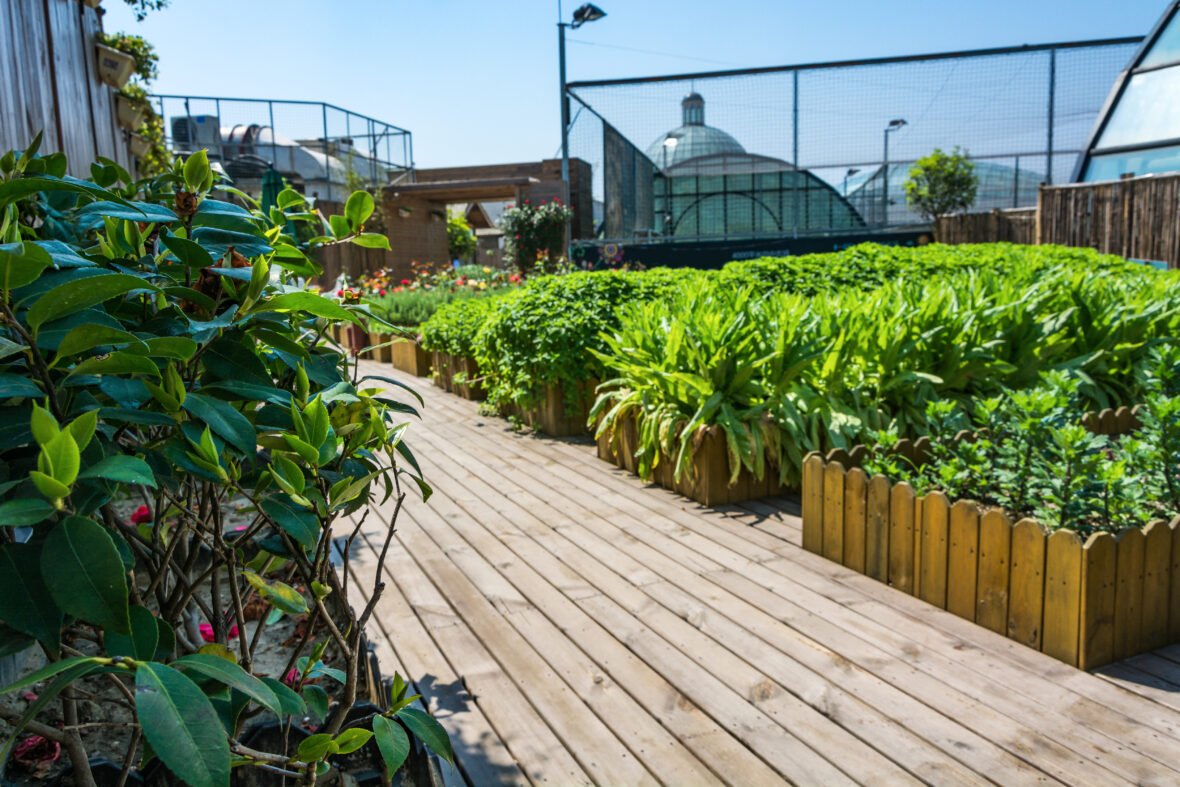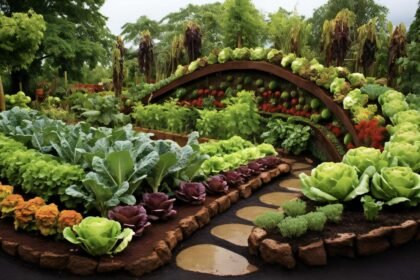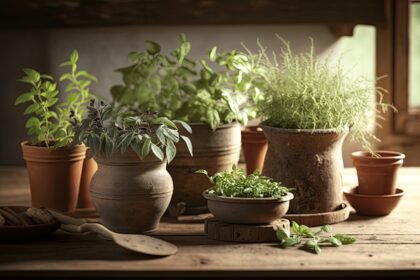Initiating a Summer Garden with the Epic Gardening Method
Summer is an ideal season to develop a garden. The combination of high temperatures, extended daylight hours, and vivid hues fosters an optimal setting for cultivating a diverse range of flora. Whether you’re a seasoned gardener or a newbie, beginning a summer garden can be a productive and pleasurable experience. This blog will discuss the process of starting a summer garden using the methods of Epic Gardening. It will specifically cover the aspects of planning, planting, and maintaining the garden to guarantee its successful growth and development throughout the season.
1. Strategizing Your Summer Garden
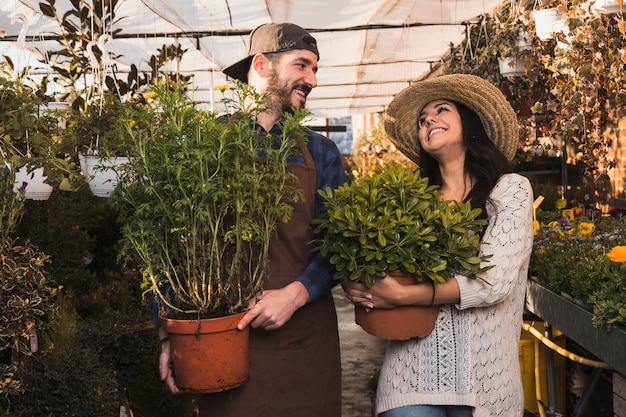
Evaluate Your Space
Prior to commencing a summer garden, it is important to assess the area at your disposal. Assess the dimensions and positioning of your garden, taking into account variables such as sunshine exposure, soil fertility, and ease of access. Whether you have a vast backyard, a little patio, or even a balcony, you can build a fruitful garden area.
Select Your Flora
Select plants that are well-suited for summer growth. To develop a garden that is visually pleasing and diversified, it is recommended to include a combination of vegetables, herbs, flowers, and fruits. Common summer veggies include tomatoes, peppers, cucumbers, zucchini, and beans. Herbs like basil, mint, and cilantro flourish in warm weather, while sunflowers, marigolds, and zinnias give color and attract pollinators.
Design Your Garden Layout
Plan the arrangement of your garden depending on the area and the plants you’ve selected. Consider the mature size of each plant and how much room it will require. Group plants with comparable sunshine and water needs together. Raised beds, container gardening, and vertical gardening are fantastic solutions for optimizing space and boosting accessibility.
2. Preparing the Soil

Test Your Soil
Before planting, examine your soil to assess its pH and nutrient levels. This will assist you understand what adjustments are required to establish ideal growth conditions. Soil test kits are available at garden stores or via local extension organizations.
Improve Soil Quality
Based on your soil test findings, supplement your soil with organic matter like as compost, aged manure, or leaf mold. These amendments improve soil structure, boost nutrient content, and encourage healthy root development. Ensure the soil is well-draining to avoid waterlogging and root rot.
Mulch for Moisture Retention
Mulching is crucial for a summer garden as it helps preserve soil moisture, reduce weeds, and regulate soil temperature. Apply a 2-3 inch layer of organic mulch, such as straw, wood chips, or grass clippings, around your plants.
3. Planting Your Summer Garden

Start Seeds Indoors
For a head start on the growing season, start seeds inside 4-6 weeks before the final projected frost date. Use seed trays or pots with a high grade seed-starting mix. Keep the soil wet and offer ample light using grow lights or a sunny window.
Transplanting Seedlings
Once the seedlings are grown enough and the external conditions are warm, transfer them into your garden. Harden off the seedlings by gradually exposing them to outside conditions over a week to prevent transplant shock.
Direct Sowing Seeds
Many summer plants may be immediately put into the garden after the earth has warmed up. Follow the seed packaging directions for planting depth and spacing. Ensure the soil is wet and well-prepared for maximum germination.
4. Watering and Irrigation

Consistent Watering
Consistent irrigation is vital for a healthy summer garden. Water thoroughly and often, ensuring the soil is wet but not saturated. Morning is the best time to water as it allows plants to absorb moisture before the heat of the day.
Drip Irrigation Systems
Drip irrigation systems are an effective method to irrigate your garden, providing water straight to the root zone. This strategy decreases water loss and lessens the danger of fungal infections by keeping foliage dry. Set up a timer to automate your watering routine.
Rainwater Harvesting
Consider collecting rainwater to use in your garden. Collect rainwater from your roof using gutters and downspouts directed into rain barrels. This sustainable practice helps conserve water and reduces your utility bills.
5. Fertilizing Your Garden

Organic Fertilizers
Use organic fertilizers to provide essential nutrients to your plants. Compost, worm castings, and fish emulsion are excellent sources of organic matter that promote healthy growth. Follow the specified treatment rates to prevent over-fertilizing.
Slow-Release Fertilizers
Slow-release fertilizers provide a steady supply of nutrients over time. Apply them at the beginning of the growing season and replenish as needed. These fertilizers are available in granular or pellet form and can be mixed into the soil or applied as a top dressing.
6. Pest and Disease Management

Integrated Pest Management (IPM)
Implement Integrated Pest Management (IPM) strategies to control pests in your garden. This approach combines biological, cultural, and mechanical methods to manage pests with minimal chemical use. Encourage beneficial insects like ladybugs and lacewings, and use row covers or insect netting to protect plants.
Regular Monitoring
Regularly inspect your plants for signs of pests and diseases. Early detection allows for prompt action, preventing widespread damage. Remove and destroy affected plant parts, and use organic treatments like neem oil or insecticidal soap if necessary.
Healthy Plant Practices
Maintain plant health by providing adequate water, nutrients, and spacing to reduce stress and vulnerability to pests and diseases. Rotate crops each year to prevent soil-borne diseases and pest buildup.
7. Harvesting and Maintenance

Timely Harvesting
Harvest your crops regularly to enjoy fresh produce and encourage continuous production. Vegetables like tomatoes, peppers, and cucumbers should be picked when they reach their optimal size and color. Herbs can be harvested as needed, and flowers should be deadheaded to promote further blooming.
Pruning and Deadheading
Prune and deadhead your plants to maintain their shape and encourage healthy growth. Remove dead or damaged leaves and spent flowers to redirect energy towards new growth and fruit production.
Weed Control
Keep your garden weed-free by regularly weeding and mulching. Weeds compete with your plants for nutrients, water, and light, so removing them promptly is essential for a healthy garden.
8. Maximizing Your Harvest
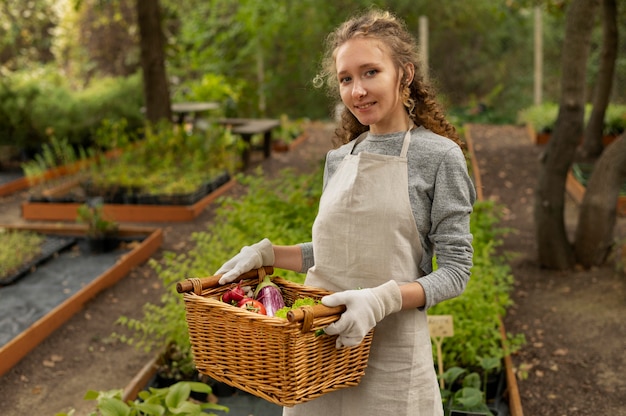
Succession Planting
Practice succession planting to maximize your harvest throughout the growing season. After harvesting early crops, replant the area with a new crop. This technique ensures a continuous supply of fresh produce.
Intercropping
Intercropping involves planting two or more crops together in the same space to maximize yield and reduce pest and disease pressure. For example, planting fast-growing radishes alongside slower-growing carrots can make efficient use of space.
Vertical Gardening
Utilize vertical gardening techniques to maximize space, especially in smaller gardens. Grow climbing plants like beans, cucumbers, and tomatoes on trellises, arbors, or vertical planters. This method improves air circulation and reduces the risk of soil-borne diseases.
9. Creating a Pollinator-Friendly Garden

Plant Pollinator-Friendly Flowers
Attract pollinators like bees, butterflies, and hummingbirds by planting a variety of nectar-rich flowers. Choose native plants and a mix of colors and bloom times to provide food throughout the season.
Provide Habitat and Water
Create habitats for pollinators by incorporating features like bee hotels, birdhouses, and shallow water dishes. Providing shelter and water encourages pollinators to visit and stay in your garden.
Avoid Pesticides
Minimize or eliminate the use of pesticides in your garden to protect pollinators. Use organic and natural pest control methods instead, and apply treatments in the evening when pollinators are less active.
10. Sustainable Gardening Practices
Composting
Composting is a sustainable way to recycle kitchen scraps and garden waste into nutrient-rich compost. Use a compost bin or pile, and regularly turn the material to promote decomposition. Compost enriches the soil, improves structure, and reduces the need for chemical fertilizers.
Water Conservation
Conserve water by using efficient irrigation methods, mulching, and planting drought-tolerant species. Collect and use rainwater, and water your garden during the cooler parts of the day to reduce evaporation.
Soil Health
Maintain healthy soil by practicing crop rotation, using cover crops, and avoiding soil compaction. Healthy soil supports robust plant growth, improves water retention, and reduces erosion.
11. Involving the Family
Gardening with Kids
Involve children in gardening to teach them about nature, responsibility, and the importance of healthy eating. Create a kid-friendly garden area with easy-to-grow plants, and let them participate in planting, watering, and harvesting.
Family Gardening Projects
Plan family gardening projects like building raised beds, creating a butterfly garden, or starting a compost bin. These activities provide valuable bonding time and educational experiences.
12. Enjoying Your Garden

Outdoor Living Spaces
Create outdoor living spaces within your garden to relax and enjoy the fruits of your labor. Set up seating areas, hammocks, or dining spaces surrounded by your beautiful plants.
Garden Décor
Enhance your garden with decorative elements like garden art, wind chimes, and fairy lights. These additions add personality and charm, making your garden a delightful place to spend time.
Garden Journaling
Keep a garden journal to document your gardening journey. Record planting dates, weather conditions, and observations about plant growth and performance. A journal helps you track successes and challenges, making it easier to plan future gardens.
Final Thoughts
Starting a summer garden the Epic Gardening way involves thoughtful planning, preparation, and maintenance to create a thriving, productive, and beautiful garden. By following these tips and techniques, you can enjoy the rewards of fresh, homegrown produce, vibrant flowers, and a serene outdoor space throughout the summer season. Happy gardening!

